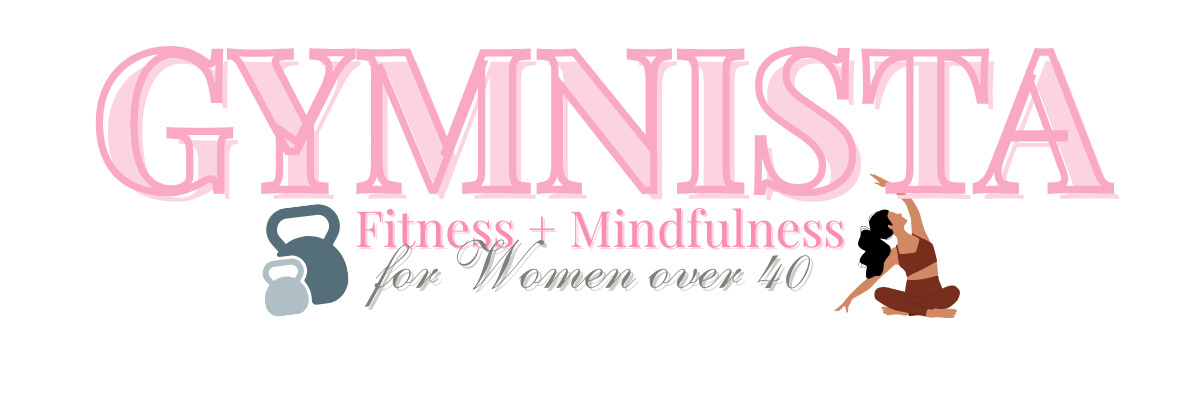
this post may contain affiliate links
If you’ve ever reached a point in your workout lifestyle where you stop seeing results or your progress slows, you know about plateaus. Plateaus can be pretty frustrating. Putting in all the work and not getting results is no fun.
If you’re not seeing the number on the scale move, or your clothes are fitting the same as always, you’ve likely reached a plateau. Knowing how to move past a workout plateau can keep you on track toward reaching your goals. Recognizing that you’re in a plateau, quickly, can also save you months of frustration.
Knowing the best plan, or plans, of action to move past a plateau will not only keep you motivated but will also keep the pounds coming off.
Add Resistance Training
If you’ve reached a plateau in your weight loss, and you’re not lifting weights, or performing resistance training, give it a try! It doesn’t have to be anything too fancy for you to see change either.
You could perform resistance exercises using only your body weight, or resistance bands. Think Pilates exercises on the floor, or body weight exercises like; squats, push ups, triceps dips, or walking lunges.
This simple switch of adding resistance training, could boost your metabolism and kick your plateau in the butt. An easy fix to have you back on the road toward your weight loss goals.
Switch up Sets and Reps
If you’re already performing resistance training exercise, and not seeing results your workout could need a simple tweak. Switching up sets and repetitions is a quick way to shake up a workout.
You may not even realize that you’ve been lifting weight for the same number of repetitions and sets for months. Don’t fret, it’s an easy fix.
If your normal routine is, let’s say, three sets of 12 repetitions, making a change is easy. You can reduce the number of sets performed to two, and make the number of repetitions 15. You could also increase the number of sets to four, and decrease your repetitions to 10. It’s so easy to do.
Make this change for a few weeks then switch back to your regular routine. You could also make the change permanent. Completely up to you.
Lift Heavier
Don’t dare hit me with the, “I don’t want to get bulky” talk. If you’re a woman, it’s nothing you need to worry about.
Lifting the same weight for an extended period of time is an easy way for your body to fall into a plateau. The switch up doesn’t have to be dramatic to be effective. Adding an additional five pounds to your weight stack or choosing a weight that’s five pounds heavier will do the trick.
You may need to adjust your repetitions to accommodate the heavier weight, but it’s all good.
Do Less Cardio
Insert exaggerated gasp!
I’m not a cardio girl, so naturally, this is going to be my advice. No really, it can work. If you take a week off from doing cardio in favor of lifting more weights, you can likely make a metabolic shift.
You see, muscle is more metabolically active than fat. The way to build muscle is to perform resistance training. If you do more than 45 minutes of cardio, four times a week, and you’ve stopped seeing results then this switch could be helpful for you.
If you know you’re doing the bare minimum of cardio, then just keep doing what you’re doing and try some of the other tips. This specific tip is for you if you’re killing it with cardio. By killing it, I mean hours and hours of cardio each week.
Heart Rate Training Zone
Are you paying attention to what heart rate zone you’re in when training? You know whether or not you’re putting in the work when you’re working out.
I’m not advocating that you stick a heart rate training zone with precision, but I am saying that if you track your heart rate for a few workouts, you will find our what range you need to be in to “really work.”
The simplest way to determine your heart rate training zone is to subtract 220 from your age. This math calculates the hardest range you’re working in during a workout.
For example, let’s say you’re 30 years old. If you subtract 220 from your age, your max heart rate is 190 beats per minute. That’s hard as hell, btw, for you to work at during a workout. You don’t want to stay in that heart rate range for any length of time.
But when you take that number and multiply it by .85 or 85% of your heart rate range, you’re now working at 85% of your maximum heart rate, and 161.5 beats per minute. That’s much more doable, and now you can keep track of how working at 161.5 beats per minute feels.
You can keep track of your heart rate training zone when doing cardio. Place your hands on the metal plates to see where your heart rate is. You could also get a heart rate monitor with watch to see your zone during your workout.
That’s All
Hopefully these ways listed help you bust a plateau. If you’re not in a weight loss plateau, knowing what to do ahead of time can keep you from reaching a plateau.
Please let me know if this way new information for you, or if you plan to implement any of this in your workout routine. Did you use another way to beat a plateau? Let me know!
0